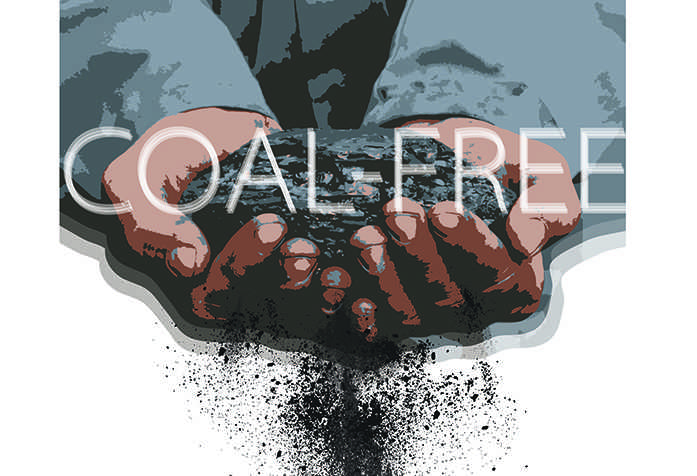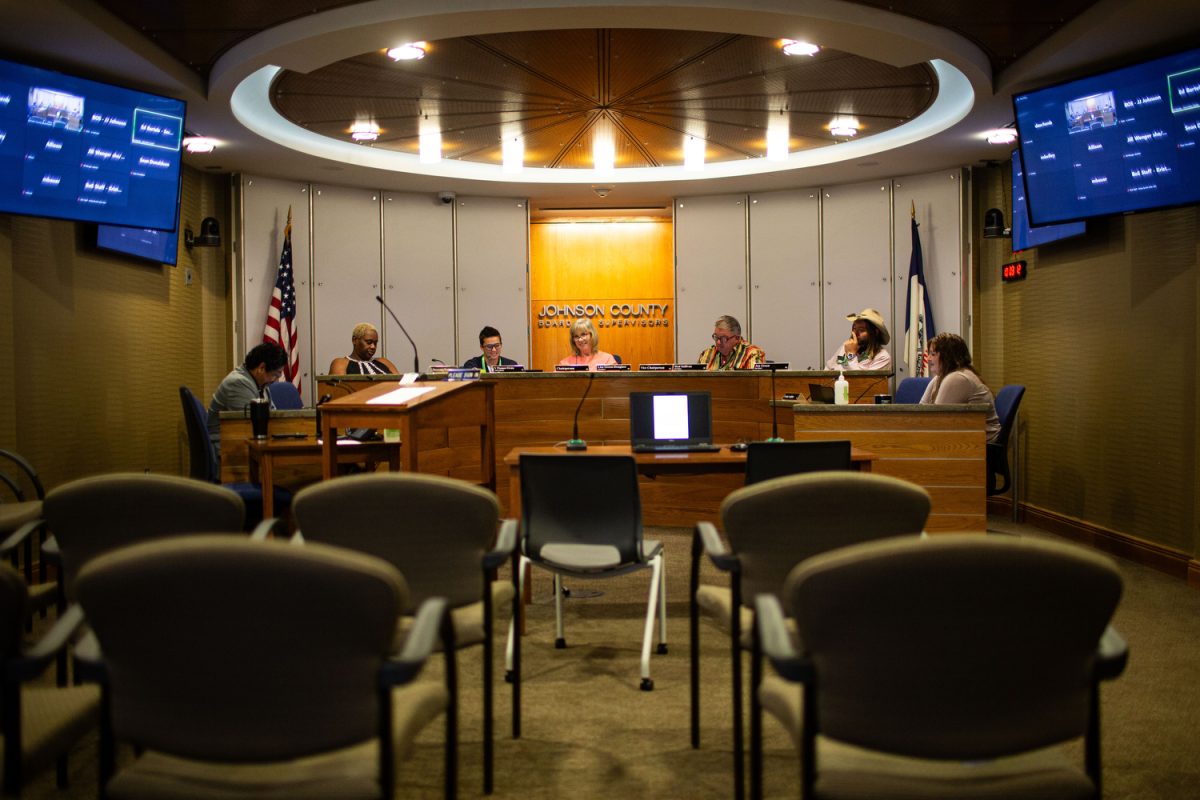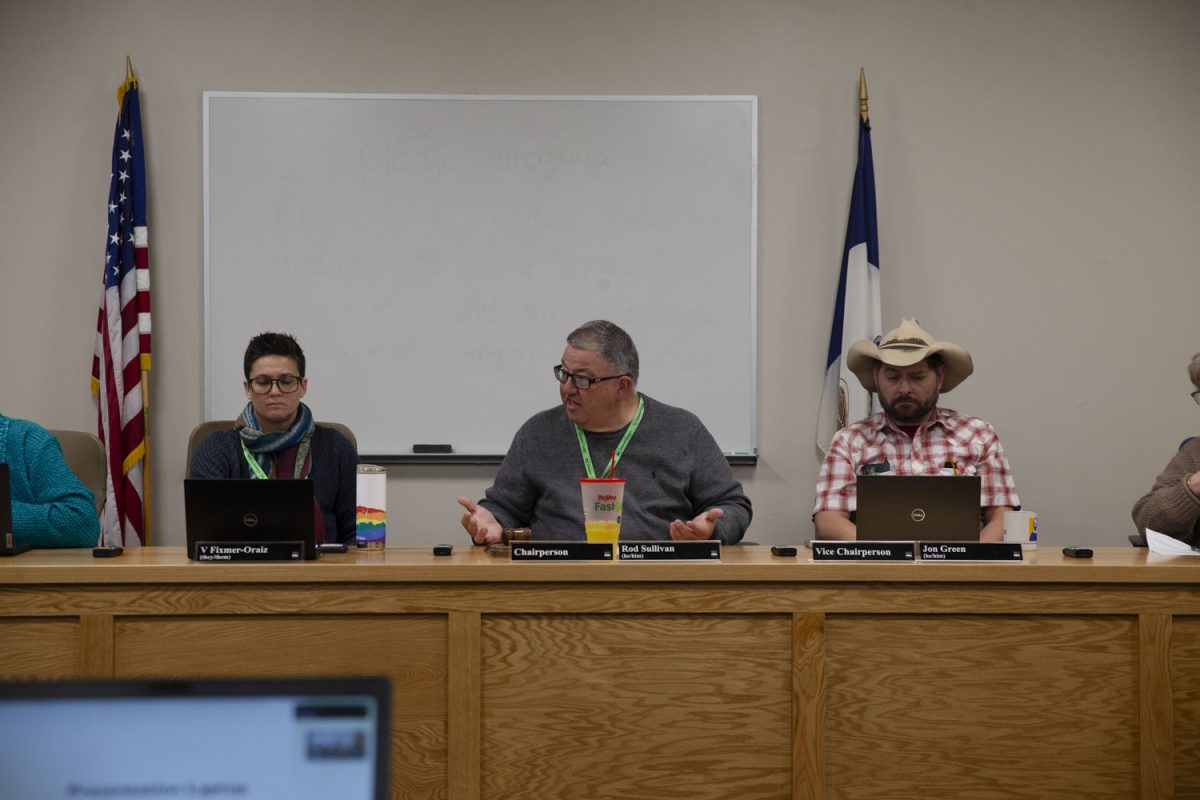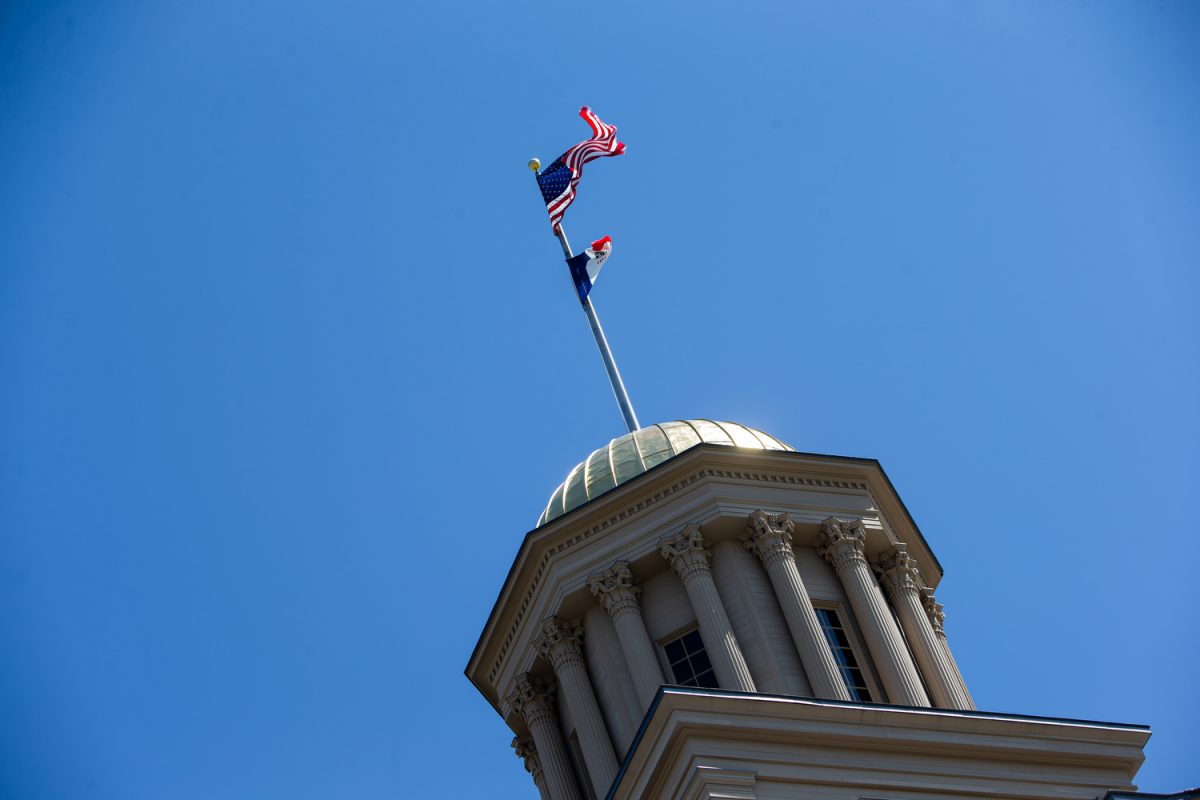By Charles Peckman
University of Iowa President, Bruce Harreld, announced on Feb. 20 the UI will be coal-free by 2025.According to a press release, Harreld said, “It’s the right choice for our students and our campus, and it’s the surest path to an energy-secure future.
“In 2025, we expect to have diminished our reliance on coal to the point it is no longer included in our fuel portfolio.”
The UI will continue its efforts to advance energy programs to ensure there is “an abundant supply” of alternative-energy sources, he said.
The UI has taken steps to reduce its dependence on coal — in 2008, the university established seven “sustainability targets” to be achieved by 2020, according to the press release.
Since the 2020 vision’s inception, the UI has managed to reduce its use of coal by 60 percent.
This correlates with one of the sustainability targets, which seeks to derive 40 percent of the UI’s energy from renewable resources — a far cry from a university once dependent on fossil fuels, according to the UI sustainability website.
In addition to the UI’s use of coal, the sustainability targets also deal with achieving net-negative energy growth and decreasing the amount of waste put into landfills.
In an email to The Daily Iowan, Sara Maples, the interim director of the Office of Sustainability, supported Harreld’s announcement.
“The decision to be coal-free by 2025 shows the University of Iowa’s continued commitment to sustainability and our goal of achieving 40 percent renewable energy consumption on campus,” she said.
Erin Hazen, the renewable energy business development manager for UI Facilities Management, welcomed the announcement as well.
“I am tremendously excited by the path the UI is taking and am looking forward to participating in [reducing UI’s coal use by 2025],” she said.
To Hazen, the announcement means many things.
“Primarily, we will be lessening our impact on the environment,” she said.
In addition to this, Hazen said going coal-free will lessen the UI’s output of greenhouse gases.
In the wake of Harreld’s announcement, Hazen would like to make one stipulation — a coal-free university does not necessarily mean a university using 100 percent renewable energy.
Hazen said the UI will still use natural gas as a source of energy, but “the coal we once used will be replaced with renewable energy.”
In addition to natural gas, Hazen highlighted the use of biofuels such as miscanthus, a crop that is grown and used for biomass energy, in the future of energy consumption at the UI.
“Miscanthus doesn’t add nitrogen to the soil like corn does,” she said. “This reduces the nutrient runoff into the river we sometimes see with biofuel production.”
Glen Mowery, the director of utilities and energy management for Facilities Management, agrees with Hazen about the importance of biofuel and miscanthus.
“Miscanthus is a great source of biomass energy because it can be grown locally,” he said.
Mowery said another alternative biofuel source is oat hulls, which have been delivered to the Power Plant from Quaker Oats in Cedar Rapids since 2003.
Although biofuel is an important part of the UI’s energy portfolio, Mowery cautions against relying too heavily on one form of energy.
“Miscanthus and other forms of biofuel are just a small part of our renewable energy portfolio,” he said. “We don’t want to become too dependent in one place.”
Needless to say, however, Mowery is pleased by Harreld’s announcement.
“One of our cheapest alternatives is to stay on coal, but this announcement means we’re serious about protecting the environment,” he said.
To Mowery, this announcement is the result of more than a decade’s work.
“We’re all for [eliminating coal],” he said. “We’ve been working toward this goal since early 2000.”







